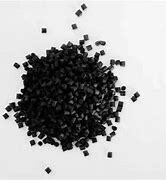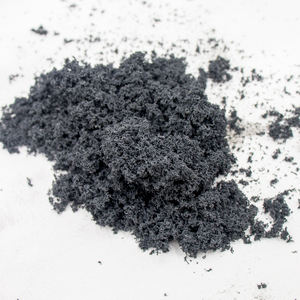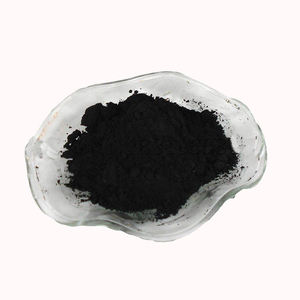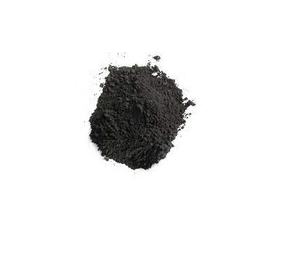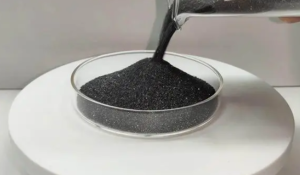Professional graphite material supplier, graphite for EV, grease, furnace and any other industries.
(The Lithium Ion Battery Voltage Curve)
The lithium ion battery voltage curve is the relationship between the chemistry voltage and the remaining charge in a cell. It can be compared with the relationship between voltage and SoC (State of Charge) in lead-acid batteries, but this relationship is much more complex for Li-ion batteries, particularly for lithium iron phosphate cells.
Most batteries have a certain voltage that is below which they cannot move their chemistry, and above which it is possible to fully charge them. With most types of lithium ion batteries, this voltage is usually around 4.2V.
Batteries can also be discharged below this voltage, but it may not be a good idea because the voltage in the cell drops progressively as the battery is discharged and will not be able to provide a sufficient amount of power to your application.
During discharging, reactions occur to transfer energy from the battery to where the electric current is being dissipated, mostly in an external circuit. During charging, the opposite occurs: a high voltage is applied to the battery to force lithium ions from the positive electrode to the negative electrode in a process known as intercalation.
A typical lithium ion battery consists of several different components including an electrode material, an electrolyte and a separator. The electrode material is a solid compound that can store electrical charges by intercalating lithium ions. The electrolyte is a liquid that can fill in the voids between the particles of the electrode material.
(The Lithium Ion Battery Voltage Curve)

